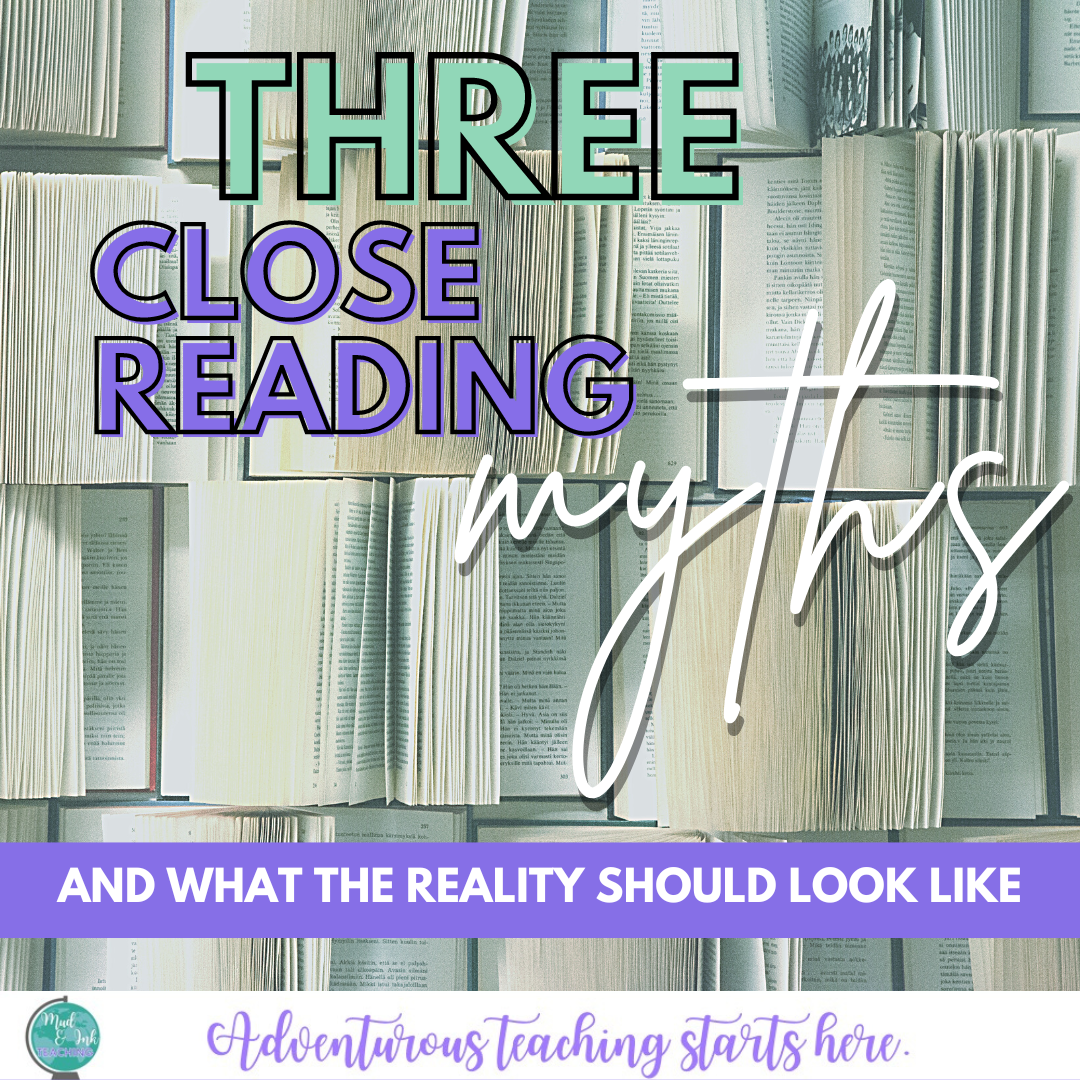
ADVENTUROUS TEACHING STARTS HERE.
Does Taylor Swift have a place in the ELA Classroom?
And here's the thing: if your students are talking about Taylor, then so should you. This is an open door into engagement and skill building that is not to be missed. Here are three ways to pull the power of Taylor into your classroom and spike engagement among your students…
5 Ways to Look at the Magic of Clarisse in your Fahrenheit 451 Unit
Now, more than ever, we need to have Fahrenheit 451 in front of our students. From the new onset of AI technology to the daily threats of our intellectual and academic freedom, Fahrenheit provides windows, mirrors, and doors into our present and our future. While Montag’s transformation, the working symbolism, and general dystopian world-building are all incredibly important pieces to focus on, I’d like to argue that it’s possible we need Clarisse McClellan the most.
Three Myths about Close Reading
Close reading is often confused or made synonymous with things it most definitely is not, making it seem too scary to even approach. Maybe you’ve tried it, hit a wall of frustration and abandoned-ship. Well, it’s time to replace frustration, uncertainty and fear with the truth, and bust three common myths of close reading.





